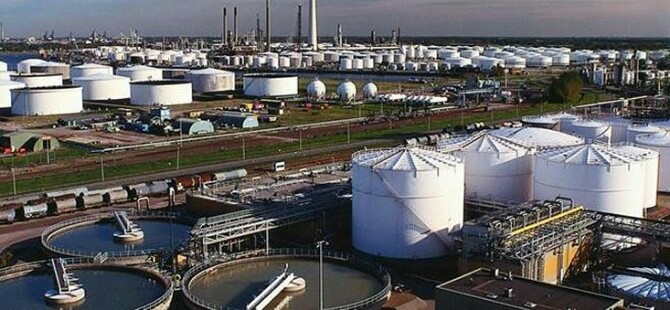The Federal Government (FG), has listed 213 gas blocks for investors to consider.
In a document titled, “Nigeria’s Cretaceous Basins: The Potentials for Gas,” put together by the Nigerian Upstream Petroleum Regulatory Commission (NUPRC), it was disclosed therein that the gas blocks are located in the Niger Delta, Anambra, Benue Trough, Bida, Chad, Dahomey, and Sokoto.
As seen in the document, while 69 of the blocks were discovered in the Niger Delta basin, 12 were discovered in Anambra, 41 in Benue Trough, 17 in Bida, 40 in Chad, six in Dahomey, and 28 in Sokoto.
Nigeria’s gas reserves
Prior to the listing of the new gas blocks, Nigeria prides herself as a country with 60 gas basins under the Oil Prospecting Licences; 44 are in the Niger Delta, five in Anambra, two in Benue Trough, six in Chad, and three in Dahomey.
More so, about 115 gas wells are already allocated under Oil Mining Licenses 112 in the Niger Delta, two in Anambra, and one in Dahomey.
What this means for Nigeria
BizWatch Nigeria understands that President Muhammadu Buhari-led government, through the National Gas Expansion Programme, had declared 2020 to 2030 as the decade of gas. Under this initiative, the FG identified gas as the country’s transitional fuel.
Reacting to the government’s commitment to attaining its net zero agenda, the immediate past Director-General of the Lagos Chamber of Commerce and Industry, Muda Yusuf had expressed concern about how the money would be raised, which was speculated to be N834 trillion.
“That is a tall one. Where will the money come from? That target is ambitious and aspirational but again, because we are looking at a long-term thing; we must not totally dismiss it”, Yusuf stated.
“With what is happening globally, you can see that the pace of decarbonisation has slowed. Countries that are committed to a more aggressive push are going back to fossil fuels, looking for coal.
“I am not optimistic that raising such an amount will be easy. Then the commitment to the COP is also not too impressive and very weak. And if commitment is this low, how do you convince investors either in form of aid or whatever, to invest this kind of huge money? It’s going to be a tall order,” he added.













